When we talk about vehicles that stand the test of time, it’s easy to get distracted by exterior styling, brand reputation, or even the number of high-tech features packed inside the cabin. However, the true soul of any car is its engine—the beating heart that breathes life into metal and steel.
No matter how sleek or sophisticated a car may be, if its engine isn’t up to the task, its longevity and reliability are bound to suffer. In an era where planned obsolescence is the unspoken norm and many cars are built to last just long enough to outlive their warranties, engines that endure for hundreds of thousands of miles are becoming the stuff of legend.
Engines that outlast the rest of the car are more than just mechanical achievements; they are testaments to engineering excellence, thoughtful design, and material quality.
They represent a rare blend of durability and dependability, often standing up to decades of use, abuse, and extreme conditions with little more than basic maintenance.
These engines are the ones that mechanics praise, enthusiasts revere, and owners swear by. They become the reason cars are passed down through generations or kept running long after odometers roll over once, twice, or even more.
Longevity in an engine isn’t merely a matter of chance. It’s a reflection of deliberate choices made during the design and manufacturing process—choices about metallurgy, tolerances, simplicity, cooling systems, fuel delivery, and much more. Some engines are over-engineered on purpose, built not just to meet a spec sheet but to go beyond it.
Others gain their reputation through sheer resilience, running long after other components of the vehicle have given up the ghost. What all of them have in common is their ability to persist, often outliving the very cars they were installed in.
This list celebrates ten such engines—icons of endurance that have gained respect across decades and continents. You’ll find familiar names like the Toyota 22RE and the Honda B-series, as well as lesser-known but equally revered powerplants like the Mercedes-Benz OM617 diesel.
These are engines that have powered everything from humble sedans to off-road beasts, from high-revving sports cars to utilitarian trucks. Many of them are still running today, not just in their original chassis but also transplanted into newer or more capable frames, continuing to prove their mettle with every mile.
Each of these ten entries is more than just a technical summary. We’ve expanded each section into in-depth explorations of what makes these engines so enduring. From material choices to design philosophy, from how they respond to stress to how they’re maintained in the real world, these deep dives will help you understand why some engines seem to have been blessed with mechanical immortality.
Whether you’re a seasoned gearhead or just someone looking for a vehicle that will go the distance, this list will show you what bulletproof really means when it comes to internal combustion.
At a time when vehicle longevity is often sacrificed in favor of lighter weight, emissions restrictions, and cost-saving measures, it’s worth remembering that true durability still exists—and it often lives under the hood.
So whether you’re shopping for a used truck, considering an engine swap, or just want to know which motors have earned their legendary status, this guide will steer you toward powerplants that never say die. These engines have already proven themselves time and again—on highways, trails, farms, and city streets—and they’re not done yet.
Also Read: 5 Sedans With Top NHTSA Safety Ratings And 5 With Lowest
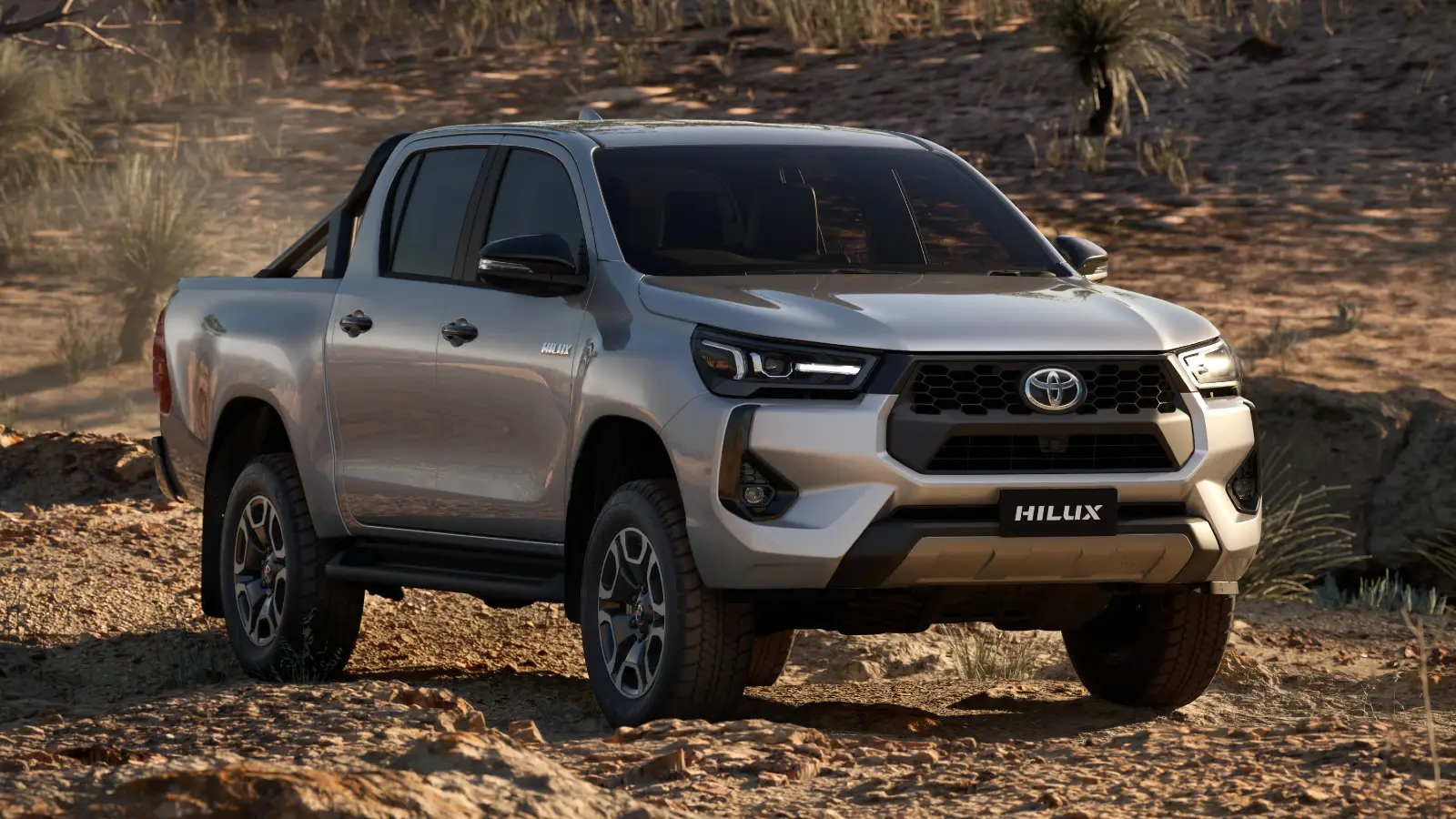
1. Toyota 22RE — The Legend of Reliability
The Toyota 22RE is perhaps one of the most celebrated engines when it comes to longevity and dependability, especially pickup trucks and SUVs. Introduced in the early 1980s and produced until the mid-1990s, the 22RE is a 2.4-liter inline-four engine that powered Toyota’s Hilux pickups, 4Runners, and other utility vehicles. Its reputation for outlasting the rest of the vehicle is well-earned and grounded in Toyota’s philosophy of reliable, simple, and robust engineering.
One of the primary reasons the 22RE is so durable lies in its sturdy cast iron engine block. Cast iron offers excellent strength and thermal stability, allowing the engine to handle prolonged heat cycles without warping or failure. Additionally, the cylinder head is designed to maintain strong sealing under compression, ensuring longevity in combustion chamber integrity.
Unlike many engines of its era, the 22RE uses a timing chain instead of a timing belt. Chains, when properly lubricated, tend to last far longer and are less susceptible to sudden failure, reducing the risk of catastrophic engine damage.
Beyond mechanical strength, the 22RE is known for its straightforward design. It initially used a carburetor before transitioning to electronic fuel injection, which improved fuel efficiency and reduced maintenance complexity. This simplicity makes the engine easier to service, repair, and rebuild. Availability of affordable replacement parts worldwide has also been a major factor in keeping these engines running in various climates and conditions, from harsh deserts to humid jungles.
Owners frequently report 22RE engines running strong past 300,000 miles, with many vehicles still operating reliably at 400,000 miles or more. Their durability is tested in rugged off-road environments, agricultural use, and commercial delivery duties. The engine’s modest but sufficient power output, combined with its torque characteristics, allows it to perform efficiently without excessive strain. The Toyota 22RE stands as a testament to the enduring value of mechanical simplicity and quality craftsmanship.
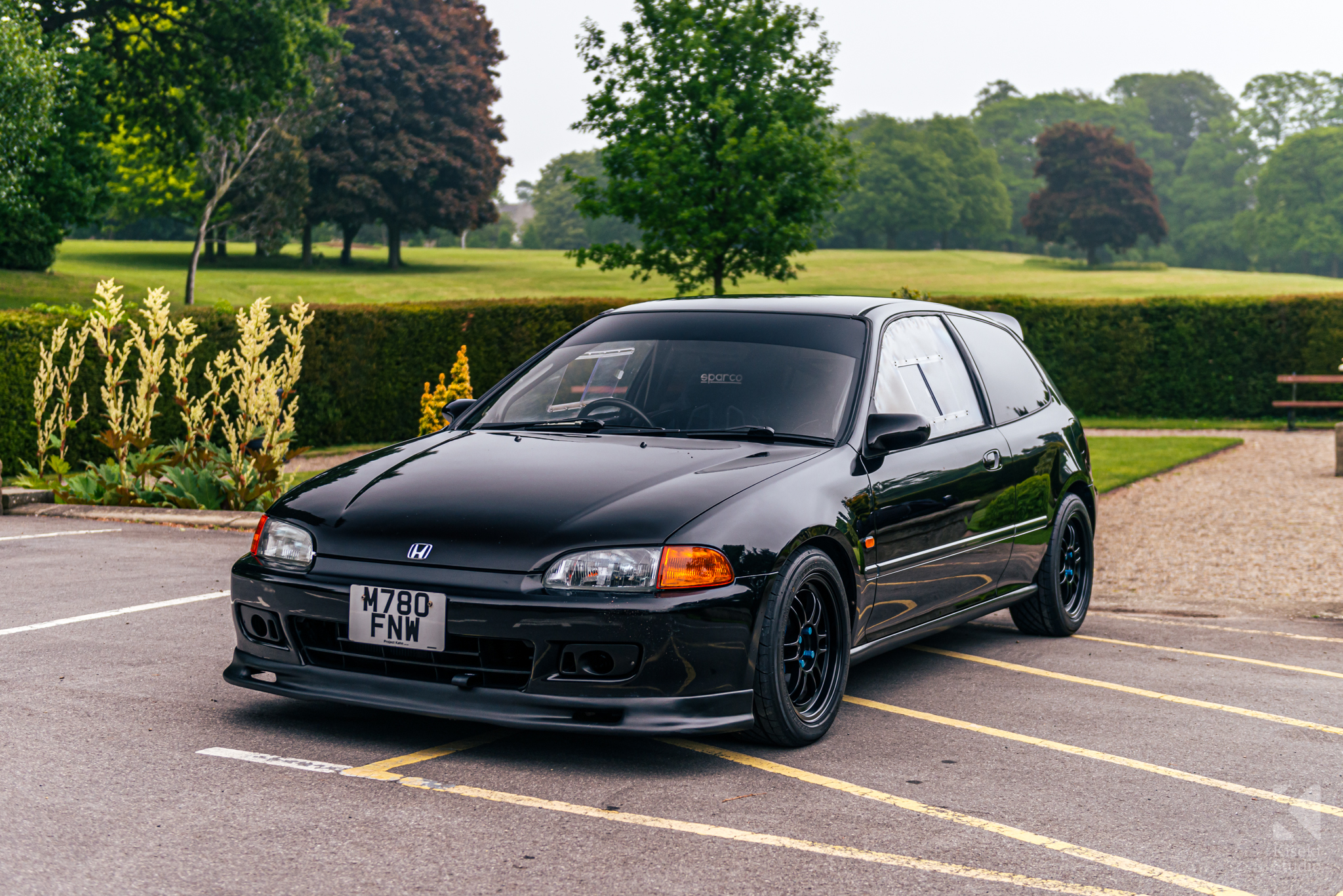
2. Honda B-Series — High Revving and Long Lasting
The Honda B-series engine family represents a rare combination of high performance and longevity, particularly in the compact performance segment. Debuting in the late 1980s and running through the early 2000s, these engines were found in popular models such as the Civic Si and the Integra GSR. Known for their exhilarating, high-revving nature, the B-series engines are also revered for their robustness and ability to maintain reliability despite spirited driving.
A hallmark of the B-series engines is their DOHC (Dual Overhead Camshaft) design combined with Honda’s revolutionary VTEC system, which adjusts valve timing and lift to optimize performance and efficiency. This advanced valve technology allowed for better airflow at high RPMs, which translated into increased horsepower without compromising the engine’s daily drivability or longevity.
The use of lightweight aluminum for both the block and cylinder head also helped reduce engine weight, lowering mechanical stress on internal components.
Maintenance plays a key role in the B-series’ lifespan. While these engines use timing belts that require replacement every 60,000 to 100,000 miles, their design makes the process straightforward. With routine oil changes, valve adjustments, and careful timing belt service, many B-series engines have been known to surpass 200,000 miles without major internal repairs.
The engine’s well-balanced internals, including forged connecting rods and strong crankshafts in performance variants, ensure they can withstand aggressive driving as well as daily commuting.
Beyond their stock performance and reliability, the B-series engines have also become favorites for modifications and engine swaps, largely because of their strong bottom-end components and relatively simple architecture. Their combination of spirited performance, excellent fuel efficiency, and remarkable durability has ensured that they remain highly respected in the automotive community decades after production ceased.
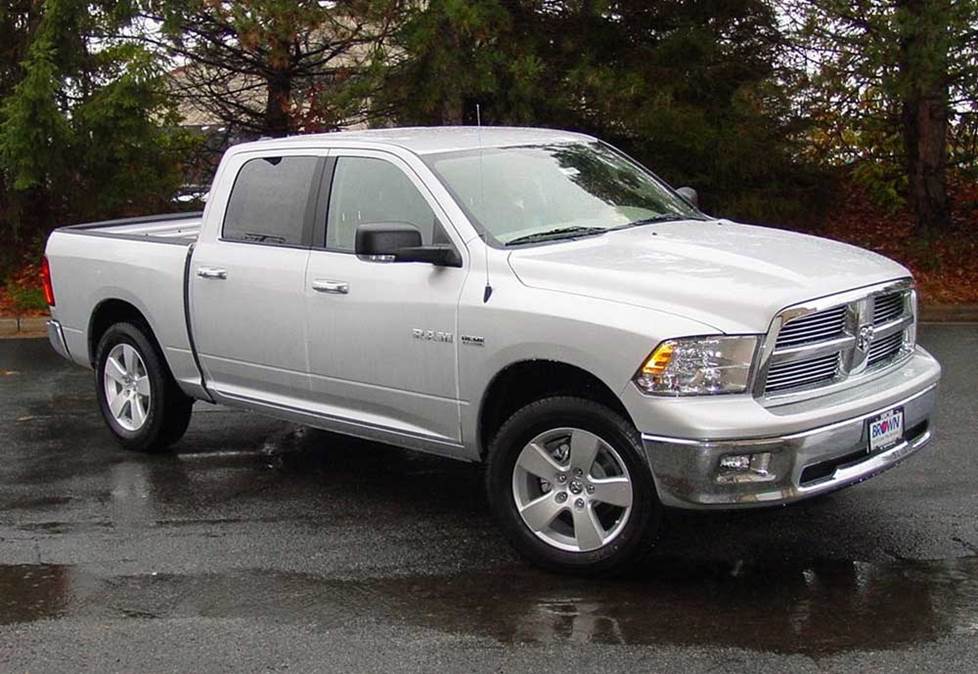
3. Cummins 5.9L Inline-Six Diesel — Diesel’s Durability Champion
The Cummins 5.9L inline-six diesel engine is a beacon of durability and raw torque, especially revered in the heavy-duty pickup truck world. Introduced in 1989 and produced in various forms until 2007, this engine was primarily installed in Dodge Ram trucks, but also found its way into industrial and commercial vehicles.
The Cummins 5.9L’s longevity is legendary; it’s common to hear stories of these engines running flawlessly past the half-million-mile mark, and even beyond one million miles with proper care.
The engine’s inherent durability comes from its massive cast iron construction, designed to handle the intense pressures generated by diesel combustion. Diesel engines operate at higher compression ratios than gasoline engines, requiring components to be much stronger and more resilient. The inline-six configuration of the 5.9L contributes significantly to its smooth operation and mechanical balance, reducing vibrations that could otherwise cause wear or component failure.
One of the key technological highlights of the 5.9L Cummins is its use of a mechanical fuel injection system (on early models) and later electronically controlled systems that provided precise fuel delivery for optimum combustion efficiency.
This, combined with a reliable turbocharger system on most versions, enabled the engine to produce strong torque at low RPMs, reducing strain and wear. The simple design philosophy behind the engine meant fewer electronic complexities, which enhanced its repairability and robustness in demanding environments.
From heavy towing and hauling in trucks to use in farming equipment and industrial machines, the 5.9L Cummins has proven itself time and again. The widespread availability of parts, coupled with an enthusiastic community and aftermarket support, allows owners to keep these engines running for decades. The 5.9L Cummins is not just a powerplant; it is an institution that symbolizes durability and dependable diesel engineering.
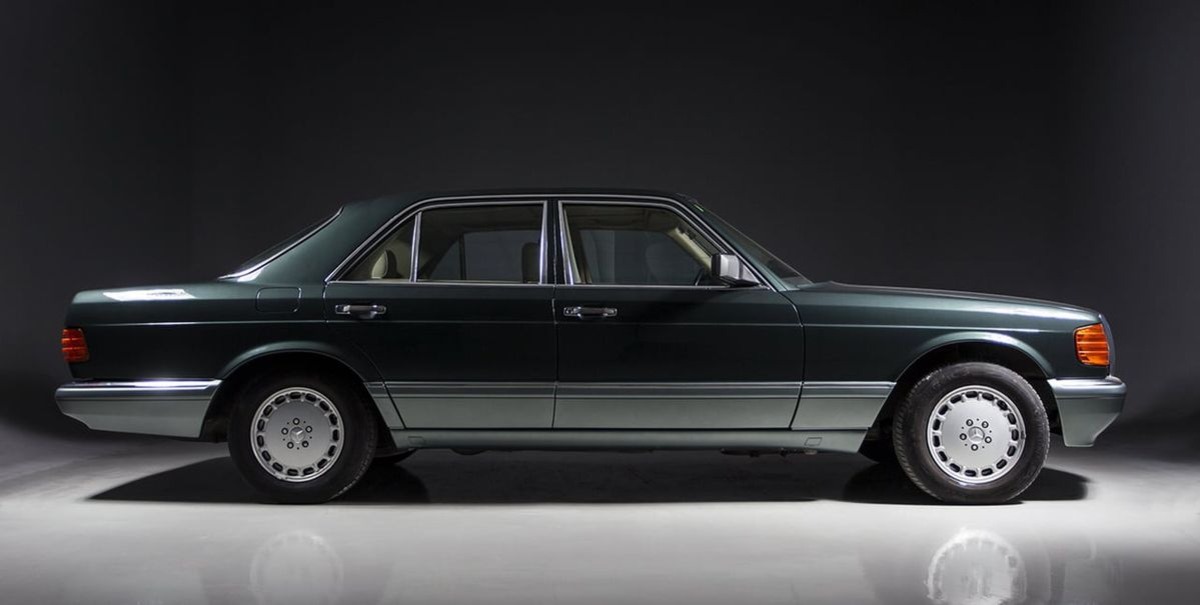
4. Mercedes-Benz OM617 Diesel — The Indestructible Workhorse
The Mercedes-Benz OM617 diesel engine stands out as one of the most famously reliable diesel engines ever produced. Manufactured from 1974 to 1989, this 3.0-liter inline-five diesel powered a variety of Mercedes-Benz models, including the W123 and early W126 sedans and wagons. The OM617’s reputation for near-indestructibility has made it a darling of enthusiasts who value longevity above all else.
This engine’s robustness can be traced to Mercedes’ meticulous engineering and use of premium materials. The OM617 features a massive cast iron block and head, designed to handle the high pressures of diesel combustion while maintaining longevity and minimal wear. It’s a simple mechanical fuel injection system that uses an inline fuel injection pump renowned for its precision and durability, and its mechanical fuel system avoids the electronic failures common in modern diesels.
An important design element that contributes to its longevity is the relatively low redline and low-revving nature of the engine. Running at lower RPMs reduces internal stress, wear on bearings, and heat generation, all critical factors in extending engine life. Additionally, the inline-five configuration offers a perfect balance between the smoothness of an inline-six and the compactness of smaller engines, minimizing vibrations and component fatigue.
Many OM617 engines are still running today, with examples reporting over 500,000 miles on original components. The engine’s simplicity, combined with excellent factory build quality, means it can endure harsh conditions, minimal maintenance, and rough handling. Owners prize this engine for its reliability, ease of repair, and bulletproof nature, qualities that have made the OM617 a classic symbol of Mercedes-Benz durability.
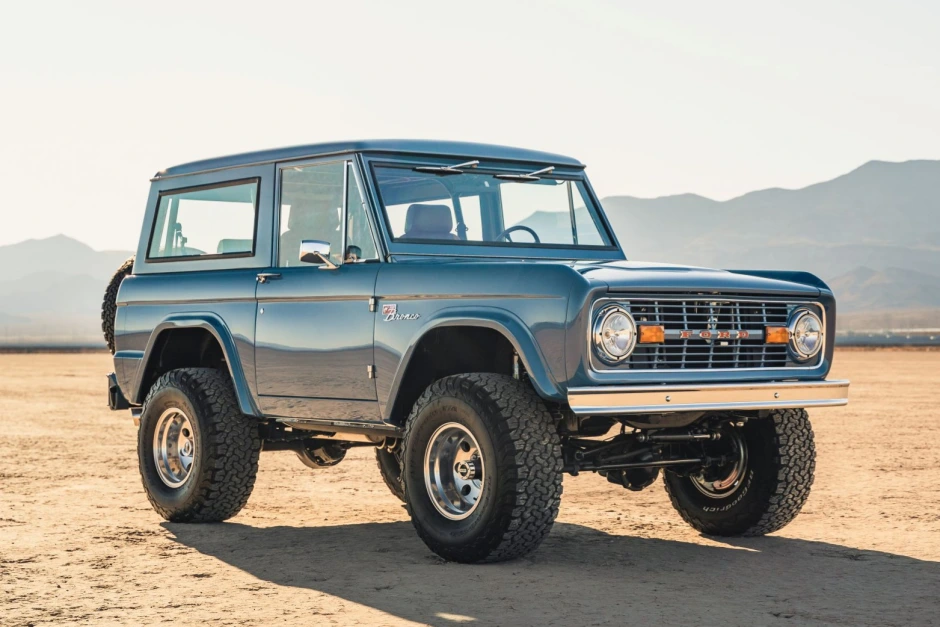
5. Ford 300 Inline-Six — The American Classic
The Ford 300 inline-six engine, affectionately known as the “300,” has been a staple of American automotive durability for decades. Produced from 1965 through 1996, this 4.9-liter naturally aspirated engine powered countless Ford trucks, Broncos, and vans, gaining widespread acclaim as a reliable, easy-to-maintain workhorse.
What sets the Ford 300 apart is its fundamentally simple yet rugged design. The engine uses a cast iron block and head with a traditional overhead valve (OHV) pushrod configuration. This design, while less complex than overhead cam engines, offers several advantages in terms of durability and ease of repair. The engine’s large displacement and low RPM torque output make it ideal for heavy-duty work, with plenty of grunt for towing and hauling without the stress associated with high-revving smaller engines.
This inline-six is also known for its exceptional cooling system, which keeps operating temperatures stable even under demanding conditions. The relatively low compression ratio reduces mechanical strain and heat build-up, further prolonging the engine’s life. Additionally, the robust crankshaft and connecting rods, combined with sturdy pistons, contribute to the engine’s ability to run for hundreds of thousands of miles with only routine maintenance.
The Ford 300’s longevity is enhanced by its simplicity — no fancy electronics or complex fuel injection systems, especially in early models. This ease of maintenance, combined with the availability of inexpensive replacement parts, has made the 300 a favorite among farmers, tradespeople, and off-road enthusiasts. The engine’s reputation for toughness and dependability has made it a legendary American classic that regularly outlasts the vehicles it powers.
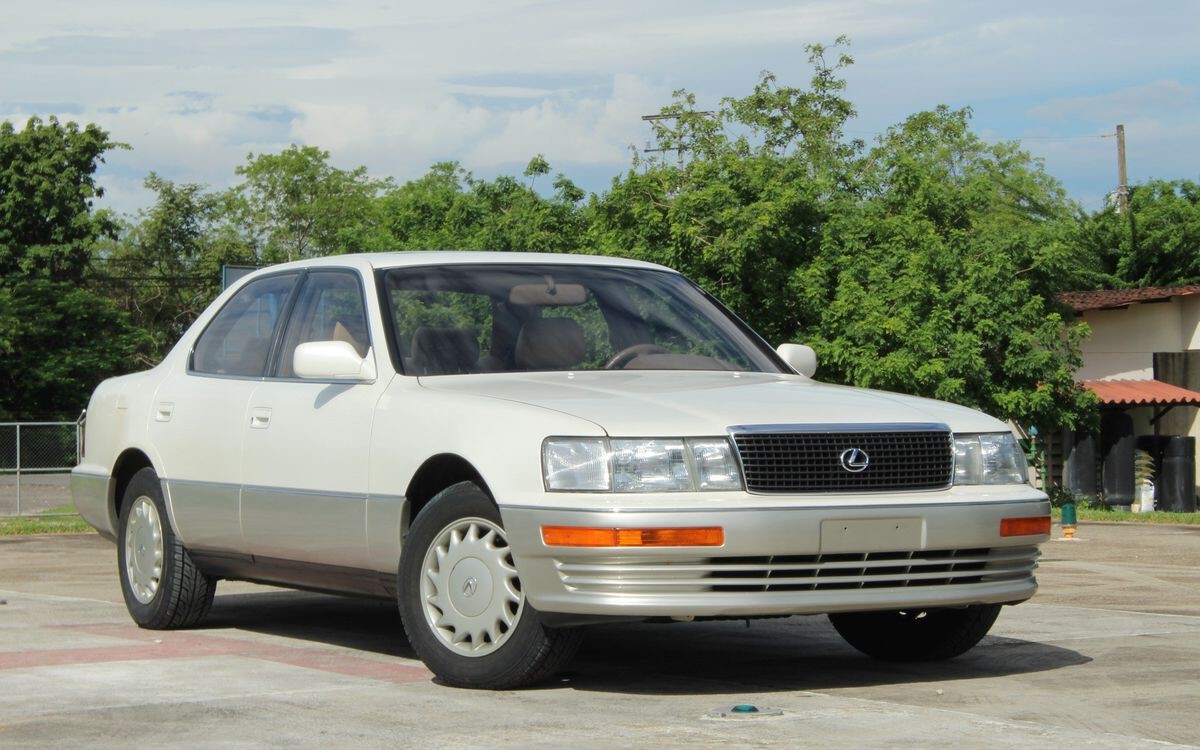
6. Lexus 1UZ-FE V8 — Luxury Meets Longevity
The Lexus 1UZ-FE V8 is a marvel of engineering that helped Lexus establish its reputation for quality and dependability in the luxury car market. Debuting in 1989 in the first-generation Lexus LS400, the 1UZ-FE was designed from the ground up to compete with the best of German engineering, namely Mercedes-Benz and BMW.
Toyota invested heavily in this engine’s development, aiming for not only performance and smoothness but also exceptional reliability and longevity. The result was a 4.0-liter, all-aluminum, quad-cam, 32-valve V8 that was so well-built, it became the benchmark for luxury performance and long-term durability.
At the heart of the 1UZ-FE’s legendary lifespan is its attention to detail and overbuilt design. For instance, the crankshaft is forged steel, and the connecting rods are also forged, a feature more commonly found in high-performance racing engines. The pistons are coated for longevity, and the block is aluminum alloy with deep-skirt construction, adding rigidity without excessive weight.
The engine runs with a timing belt, but even this component is known to last well beyond its recommended service interval. In practical use, many of these engines have gone past 300,000 miles without any internal work, and some have even reached half a million miles with just regular maintenance.
What further sets the 1UZ-FE apart is the balance it achieves between refinement and resilience. Despite its complex architecture, this engine was designed for easy serviceability. Toyota’s engineering focused on precise machining tolerances and high-quality internal components that resist wear even under sustained load. This meant that owners could enjoy high-revving smoothness and silky luxury without compromising on long-term reliability. Unlike many luxury engines that are prone to oil leaks, overheating, or electronic failure over time, the 1UZ-FE has a near-flawless record in these areas.
Today, the 1UZ-FE is still highly sought after in the used market, not just for classic Lexus models but also for engine swaps in performance builds. Its smooth power delivery, reliability, and availability make it a popular choice for hot rods, drift cars, and off-road vehicles. As one of the few luxury engines that consistently outlasts the cars it was built into, the 1UZ-FE has rightfully earned its place in the pantheon of long-lasting engines.
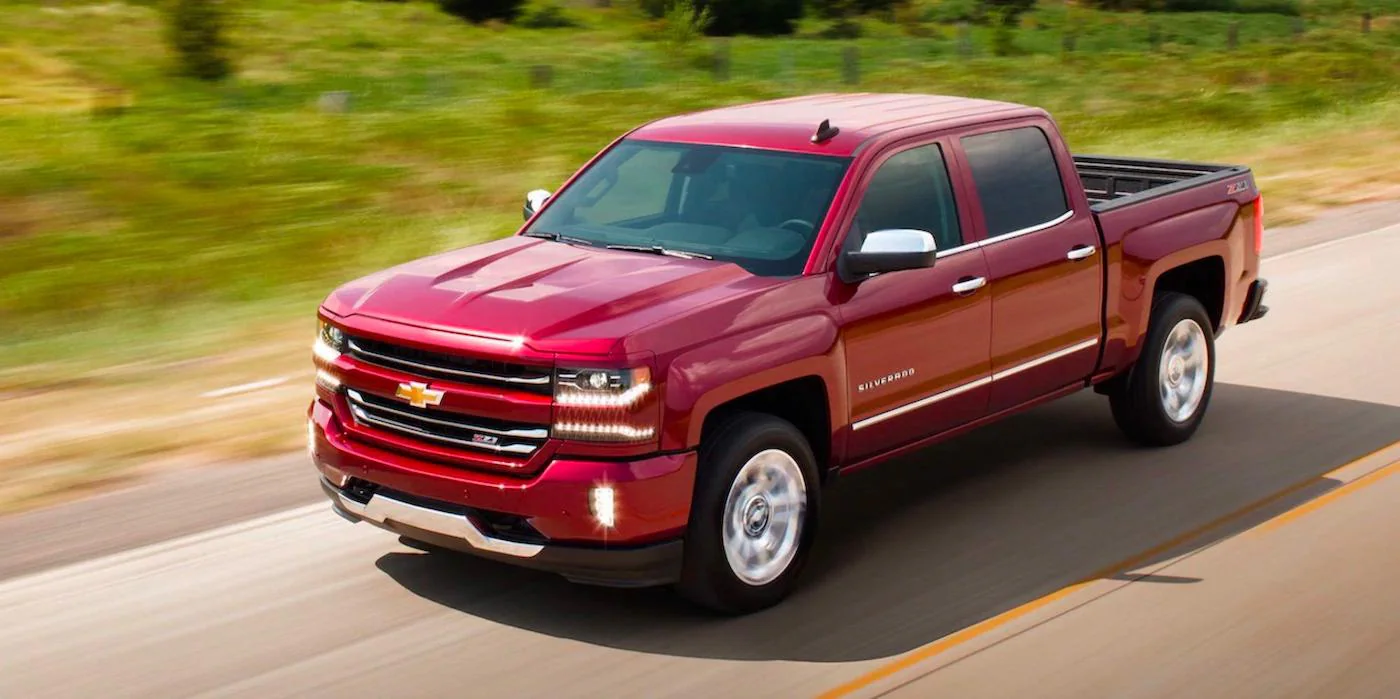
7. Chevrolet Small-Block V8 — The Classic Powerhouse
Few engines have made as significant an impact on automotive history as the Chevrolet small-block V8. First introduced in 1955 with the Chevrolet 265 engine, the small-block family evolved through various displacements over the decades, including the iconic 283, 327, 350, and beyond.
What made this engine family legendary was not just its versatility or performance potential, but its astonishing durability and ease of maintenance. The small-block Chevy V8 has powered everything from pickup trucks and sedans to muscle cars and hot rods, and countless examples are still running today, decades after their cars have rusted out or been retired.
The secret to the small-block’s endurance lies in its cast iron construction, modular design, and simplicity. The engine block and heads were strong, yet easy to machine and rebuild. Its pushrod overhead valve (OHV) configuration, while technically simpler than overhead cam systems, meant fewer moving parts and reduced opportunities for failure.
The oiling and cooling systems, especially in later iterations, were refined to prevent overheating and ensure consistent lubrication even in high-performance or heavy-duty use. These engines could be torn down and rebuilt in a backyard garage with basic tools—something that appealed to generations of enthusiasts and professionals alike.
One of the key strengths of the small-block was its adaptability. Whether stock or modified, these engines could take a tremendous beating and still keep running. High-mileage stories of small-blocks pushing past 200,000 or even 300,000 miles are common, particularly in well-maintained trucks.
At the same time, the small-block could be tuned for performance, with thousands of aftermarket parts available to enhance horsepower, torque, and efficiency. This versatility meant that the engine was not only long-lived but also endlessly customizable, further extending its relevance and lifespan.
Today, the Chevy small-block remains a popular choice for restorations, performance upgrades, and even engine swaps into modern chassis. It has become more than just an engine—it is an enduring icon of American engineering. The fact that so many original small-blocks are still in daily use, more than half a century after some were built, is proof of a design that got so many things right. It’s not an overstatement to say that the small-block Chevy helped power a generation—and it’s still not done yet.
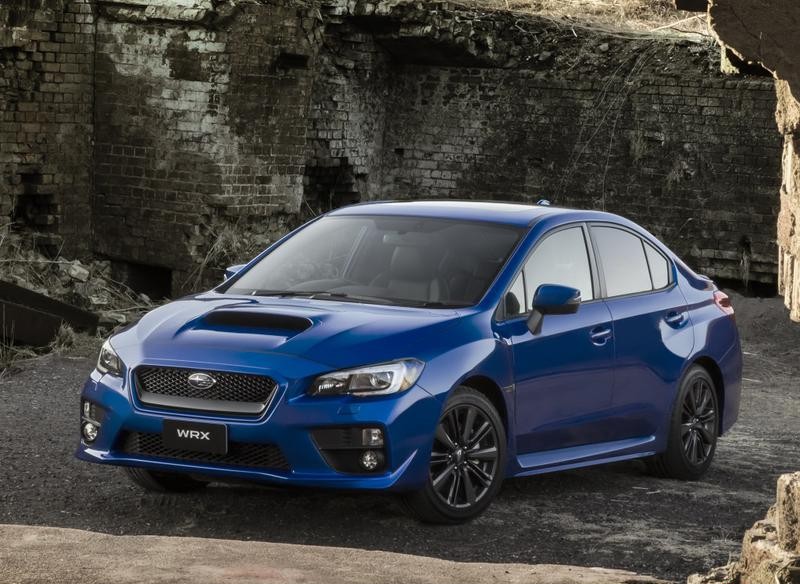
8. Subaru EJ Series — The Boxer Engine That Lasts
The Subaru EJ engine series, introduced in 1989, is a defining component of Subaru’s identity and a rare example of a long-lasting boxer engine. The EJ engines—particularly the naturally aspirated EJ22 and EJ25—gained a reputation for solid reliability, distinctive engine layout, and a surprising ability to rack up high mileage when properly cared for.
These engines powered a wide array of Subaru models, including the Legacy, Impreza, Outback, and Forester, and are still found under the hoods of many older Subarus on the road today.
The boxer (horizontally opposed) configuration of the EJ engine provides inherent balance, as the pistons fire in opposing directions, cancelling out much of the vibration seen in inline or V-type engines. This smoother operation reduces stress on internal components and mounts, contributing to the engine’s long life.
The low center of gravity also improves vehicle handling, which is one reason Subaru has remained loyal to the layout. In terms of construction, most EJ engines use an aluminum block with iron cylinder liners, giving a balance between lightness and durability. The timing belt system, while a maintenance item, is relatively easy to service and doesn’t pose a significant risk if replaced on schedule.
What’s particularly impressive is how well these engines perform in diverse climates and under different types of use. EJ engines have powered vehicles in everything from snowy mountain towns to desert highways, often enduring harsh winters and road salt.
The engines have also seen extensive use in motorsports, particularly rally racing, which is a testament to their ruggedness and reliability under pressure. Naturally aspirated variants, in particular, are known to exceed 250,000 miles with ease if maintained with regular oil changes, proper timing belt service, and attention to cooling system health.
While some versions—particularly the turbocharged EJ25—have had issues such as head gasket failures in certain years, these problems were addressed in later models. Even so, many enthusiasts view the EJ engine as a cornerstone of Subaru’s success in combining performance, practicality, and durability. The EJ series continues to have a strong following in the Subaru community, and its presence on the road decades after its release proves it’s more than just a quirky flat-four. It’s a genuinely reliable and long-lived engine.
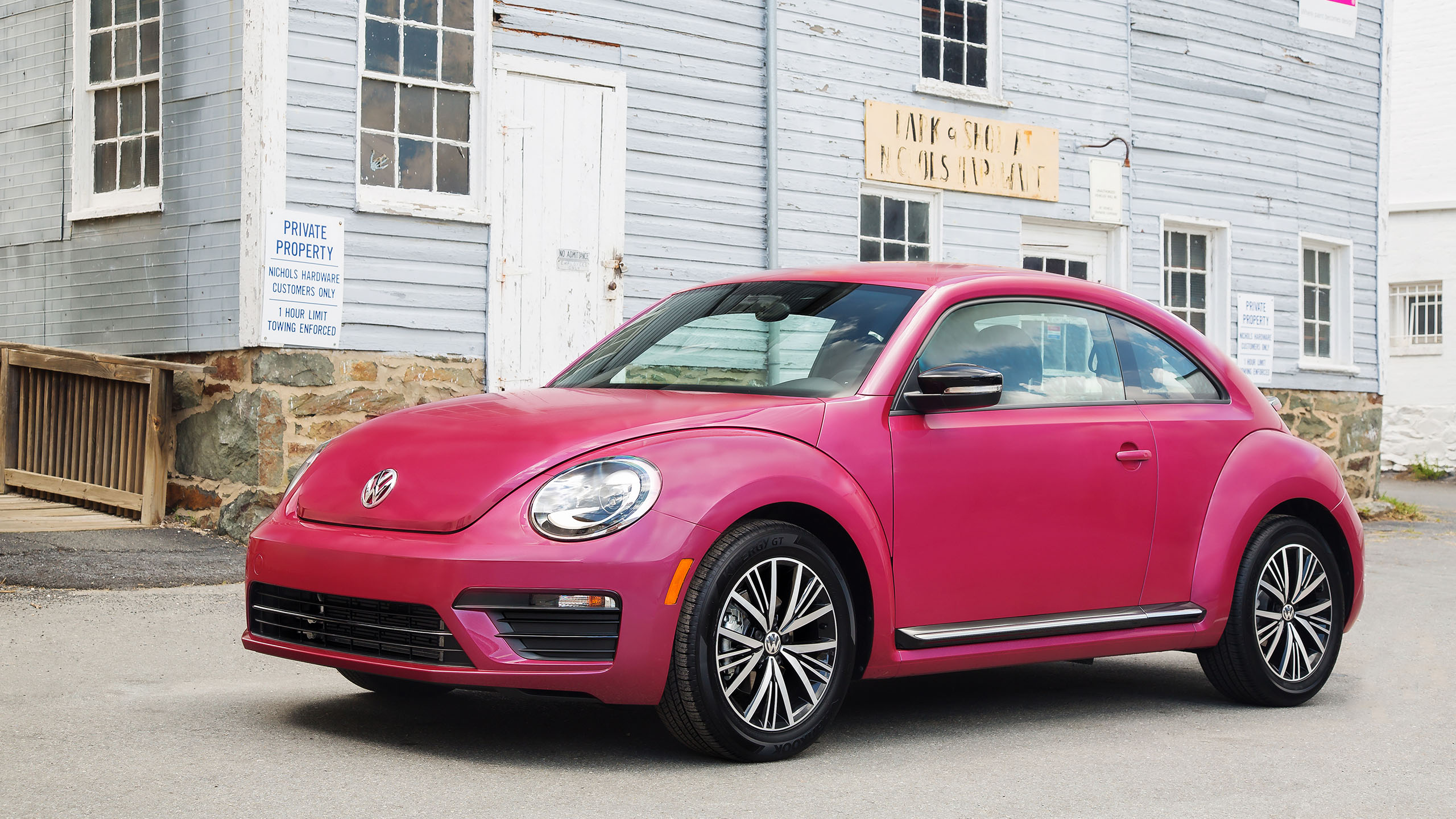
9. Volkswagen Air-Cooled Flat-Four — The Classic Beetle Engine
The Volkswagen air-cooled flat-four engine is a prime example of how simplicity can translate into longevity. Found in millions of VW Beetles, Buses, Karmann Ghias, and early Porsche models, this engine design dates back to the 1930s but remained in production until the early 2000s in some parts of the world.
The basic architecture of this engine—a horizontally opposed four-cylinder with air cooling—helped define Volkswagen’s identity and made the Beetle one of the best-selling vehicles in history.
What makes this engine so durable is its lack of complexity. It doesn’t have a water pump, radiator, or coolant hoses because it doesn’t need them. Instead, it relies on cooling fins and an engine-driven fan to dissipate heat. This simplicity means fewer parts that can fail and less risk of catastrophic damage due to overheating from a coolant leak. The flat-four design also allows for excellent balance and smooth operation, reducing stress on engine mounts and internal parts over time.
The engine uses a robust cast magnesium-alloy case with iron cylinder liners, pushrod-operated valves, and a simple carbureted fuel system. Maintenance is straightforward and accessible even to amateur mechanics. Valve clearances need to be checked and adjusted periodically, but the job is easy and inexpensive.
Owners often credit the engine’s long life to regular oil changes, good valve maintenance, and keeping the cooling fins and fan in working order. Despite modest power output—often under 60 horsepower—these engines will run for 200,000 miles or more if not abused.
Air-cooled Volkswagen engines have powered everything from family cars to dune buggies and even experimental aircraft. They’re beloved not just for their reliability but for their charming mechanical simplicity. Many VW enthusiasts still rebuild and run these engines today, finding them to be a joy to work on and impressively robust for their time. It’s no exaggeration to say this engine outlasted the cars it came in—many Beetles and Buses are long gone, but their flat-fours are still spinning away in garages, fields, and deserts around the world.
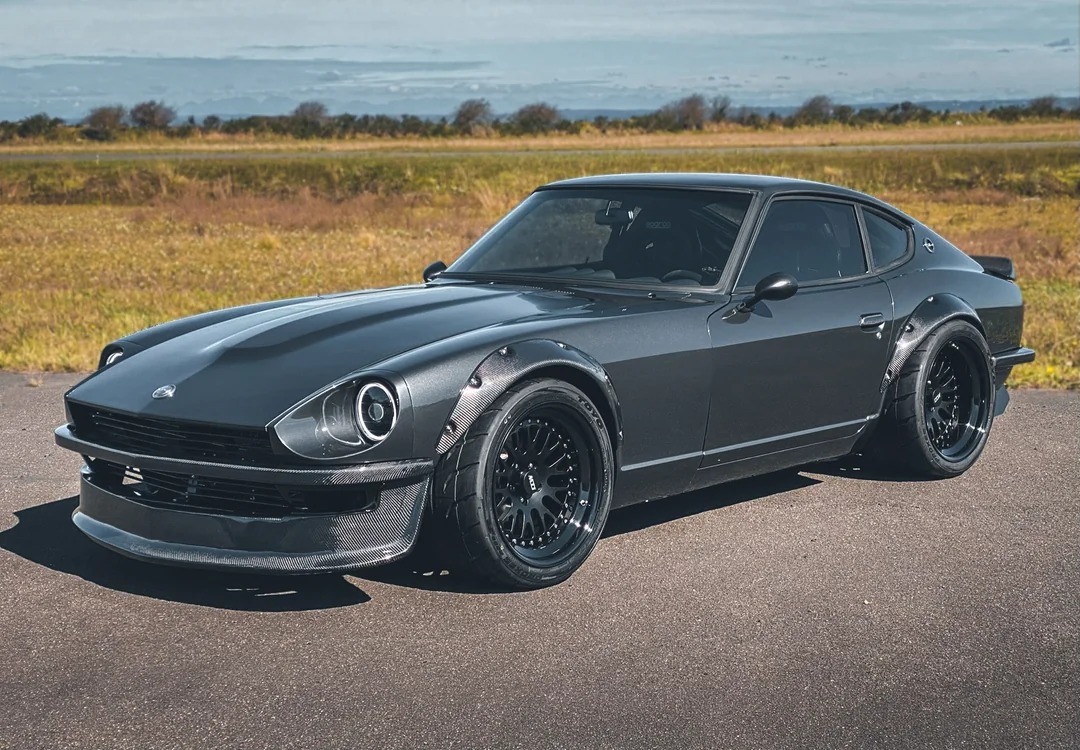
10. Nissan L-Series Inline-Six — The Japanese Workhorse
The Nissan L-series inline-six, particularly the L24, L26, and L28 variants, is a highly regarded engine family that played a key role in establishing Nissan (and its Datsun brand) as a major player in global automotive markets. Introduced in the late 1960s and used extensively through the early 1980s, these engines powered vehicles such as the Datsun 240Z, 260Z, 280Z, and early Skylines. Renowned for their combination of power, smoothness, and longevity, these inline-sixes have become legendary among enthusiasts and restorers alike.
A major factor in the L-series’ longevity is its bulletproof construction. The engine features a cast iron block and aluminum head, a common but effective formula for balancing strength and weight. The L-series engines used a simple but effective SOHC (Single Overhead Camshaft) valvetrain and a robust crankshaft and piston assembly that could endure both daily use and spirited driving. With proper oiling and cooling, these engines regularly reached 250,000 miles or more, and many are still in service today, either in their original cars or in vintage race builds.
Another reason for the L-series’ popularity and durability is its ease of maintenance. The engine bay layout in the Z-cars and early Skylines was designed with serviceability in mind. Valve adjustments, timing chain replacement, and even complete rebuilds could be accomplished with basic tools. The engine’s simple mechanical fuel delivery system (in early carbureted versions) made diagnosis and tuning straightforward, while later fuel-injected variants brought improved reliability and efficiency.
Perhaps one of the most impressive things about the L-series is how well it adapts to tuning and modification. Enthusiasts have successfully turbocharged and stroked these engines to produce significantly more power, all while retaining excellent reliability when built properly. The L-series is a workhorse of Japanese automotive history—one that outlived many of the rust-prone bodies and continues to power classics with its dependable, resonant growl.
Also Read: 5 Cars That Will Never Lose Appeal vs 5 That Already Did
As we draw the curtain on our exploration of engines that outlast the rest of the car, it’s clear that durability in automotive engineering isn’t just a myth—it’s a measurable reality, crafted through smart design, high-quality materials, and mechanical integrity.
The engines on this list have proven their worth not in flashy showrooms or marketing campaigns but in the gritty, real-world environments where engines earn their true reputation: under the hoods of vehicles that refuse to die. Whether it’s pulling a trailer through snow-covered hills, clocking a million miles on the freeway, or starting up every morning in freezing temperatures, these engines have done their duty and then some.
What ties all ten of these engines together, regardless of country of origin, engine layout, or vehicle class, is their staying power. They have not only performed their functions well, but they’ve done so over extended periods and often under less-than-ideal conditions.
In some cases, these engines have become more famous than the vehicles they powered, becoming the stuff of legend in online forums, shop manuals, and personal stories passed down from mechanic to apprentice. You’ll hear tales of Toyota 22REs still hauling after 400,000 miles, Cummins diesels turning over after decades in the field, or Volkswagen flat-fours still firing after generations of use.
In many ways, these engines highlight an important lesson in automotive design: simpler often means stronger. The most enduring engines are rarely the most complex or the most powerful. Instead, they tend to rely on tried-and-true principles of engineering: cast-iron blocks, conservative tuning, strong internal components, and maintenance-friendly layouts.
These engines don’t rely on cutting-edge tech or flashy gimmicks—they get the fundamentals right and stick to them. This makes them more durable and often far easier to repair and rebuild when problems arise.
Of course, engine longevity is only part of the picture. For an engine to truly outlast the rest of the car, it must also have a support system: a community of owners, a steady supply of parts, and a mechanical ecosystem that encourages maintenance rather than replacement. Many of the engines listed here benefit from exactly that. Whether it’s the Honda B-series’ global reach or the Chevy small-block cult following, these engines continue to thrive because they are easy to work on, source, and universally respected.
It’s also worth noting that longevity doesn’t mean perfection. Even the most legendary engines have their quirks and maintenance needs. Head gasket replacements, timing belt changes, and oil leaks are all part of the long game. What sets these engines apart is that these issues don’t spell the end—they’re simply part of a routine that keeps the engine running for another 100,000 miles. They’re engines you can count on, and when you take care of them, they take care of you.
In the end, these ten engines represent more than mechanical parts—they represent a philosophy. They speak to an era and a mindset where things were built to last, where longevity was a feature, not a footnote. Whether you’re looking to buy a reliable used car, build a long-lasting project, or just appreciate great engineering, understanding these engines gives you a deeper appreciation for what makes a vehicle truly dependable.
These engines are the unsung heroes under the hood, and as long as people value quality, reliability, and mechanical excellence, they’ll continue to roar down roads and trails all over the world.
